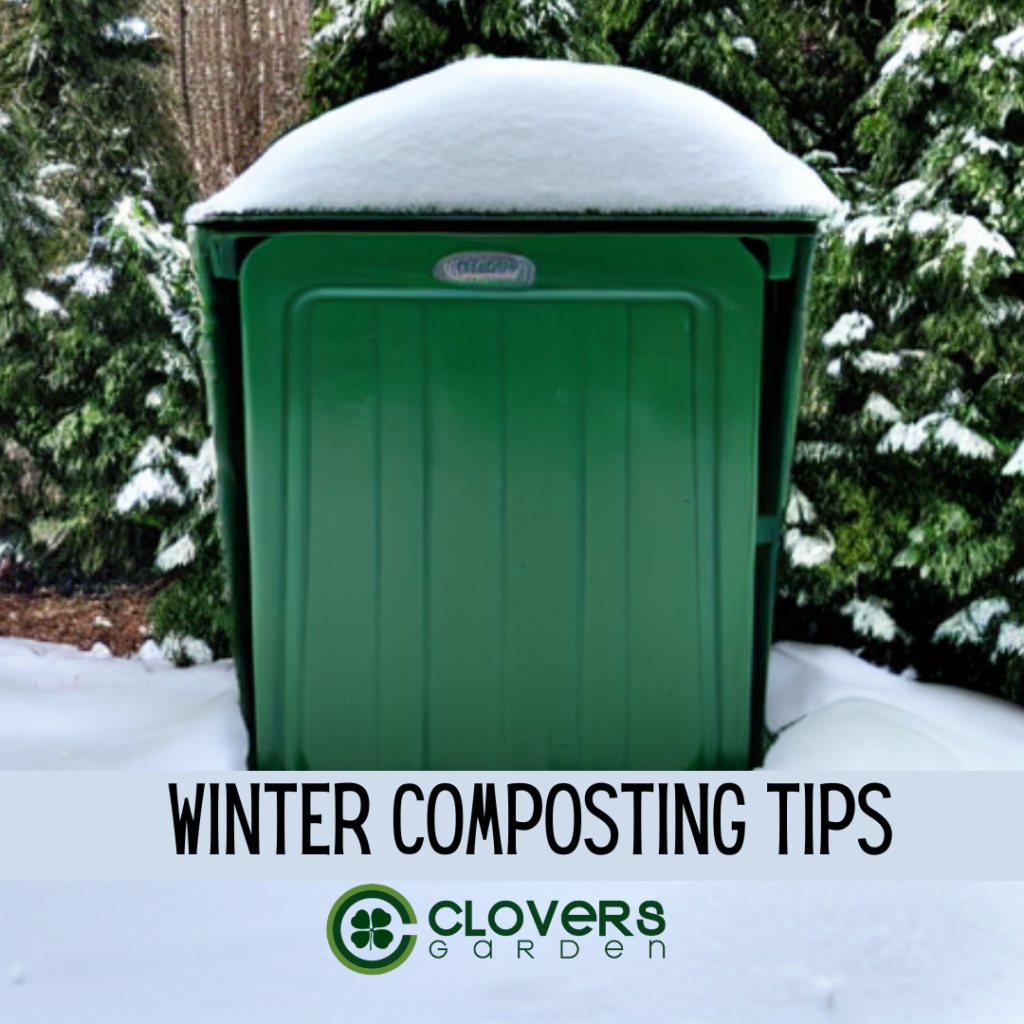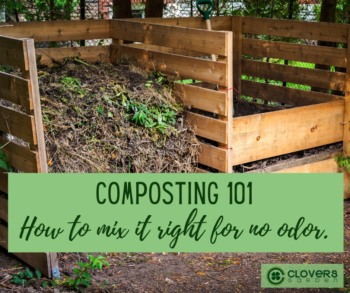
Maintaining a compost pile in cold winter climates can be challenging! With a little extra care and attention, you can keep your compost pile healthy and active even when temps dip below freezing. This article will explain the top five things you should do to maintain – and even grow – your compost pile during winter months.
Let’s first start with a refresher on how composting works. Composting is the process of breaking down organic matter (like food scraps and yard waste) into a rich, soil-like substance called compost. This compost can then be used to nourish and enrich your garden soil.
A healthy compost pile is home to microorganisms and bugs that are constantly working to break down whatever you put in. These hard workers need a warm environment in order to thrive. If your compost pile gets too cold, these microorganisms will slow down or even stop working altogether.
Of course, you can just put your compost pile to sleep for winter and it will come back to life as soon as Spring arrives. But that’s no fun and definitely wasteful because you’ll have no where to deposit your kitchen scraps. With a little care, you can keep your compost pile going all winter and it’s mostly about keeping it warm
Winter Compost Task #1: Insulate Your Compost Bin
Because your compost pile will generate a little heat, you can help it along by trapping that heat inside the bin. First wrap your pile with a thick blanket and then pile straw, leaves, and even snow up around the edges and the top.
Winter Compost Task #2: Keep it Moving
The more you aerate and add new greens (kitchen fruit and veggie scraps and coffee grounds) and browns (egg shells, dried leaves, or wood shavings), the more active your pile will be. Now is also a good time to mix in manure. This activity will actually generate its own heat.
Winter/Spring Compost Task #2: Soak up the Sun
Take a look at your compost pile during the height of the winter sun. Is it getting as much sunlight as it could? Do you need to move it so you’ll get better heat? Make sure your bin is also a dark color so it will absorb as much sun as possible.
On extra deep-cold winter days, your compost pile may start to freeze. Don’t panic! This is normal and it won’t affect the microorganisms. Just keep adding organic material, turn it as much as you can (especially on warm, sunny days) and you’ll have a nice new batch of nutrient-rich compost when garden season returns.
A reminder on what to add to your compost pile (this goes for year round use):
You must maintain a balanced mix of “green” and “brown” materials. Green materials are high in nitrogen and include things like food scraps and grass clippings. Brown materials are high in carbon and include things like leaves, egg shells, finally shredded newspaper and wood chips. A good rule of thumb is to aim for a ratio of about two-parts brown materials to one-part green materials. Never add diseased plant material or weeds that have gone to seed. And avoid meat or baked goods as this can attract vermin like mice.
Don’t give up on your compost pile in the winter! It’s worth a little extra effort to keep going and to use up that valuable organic food waste.

